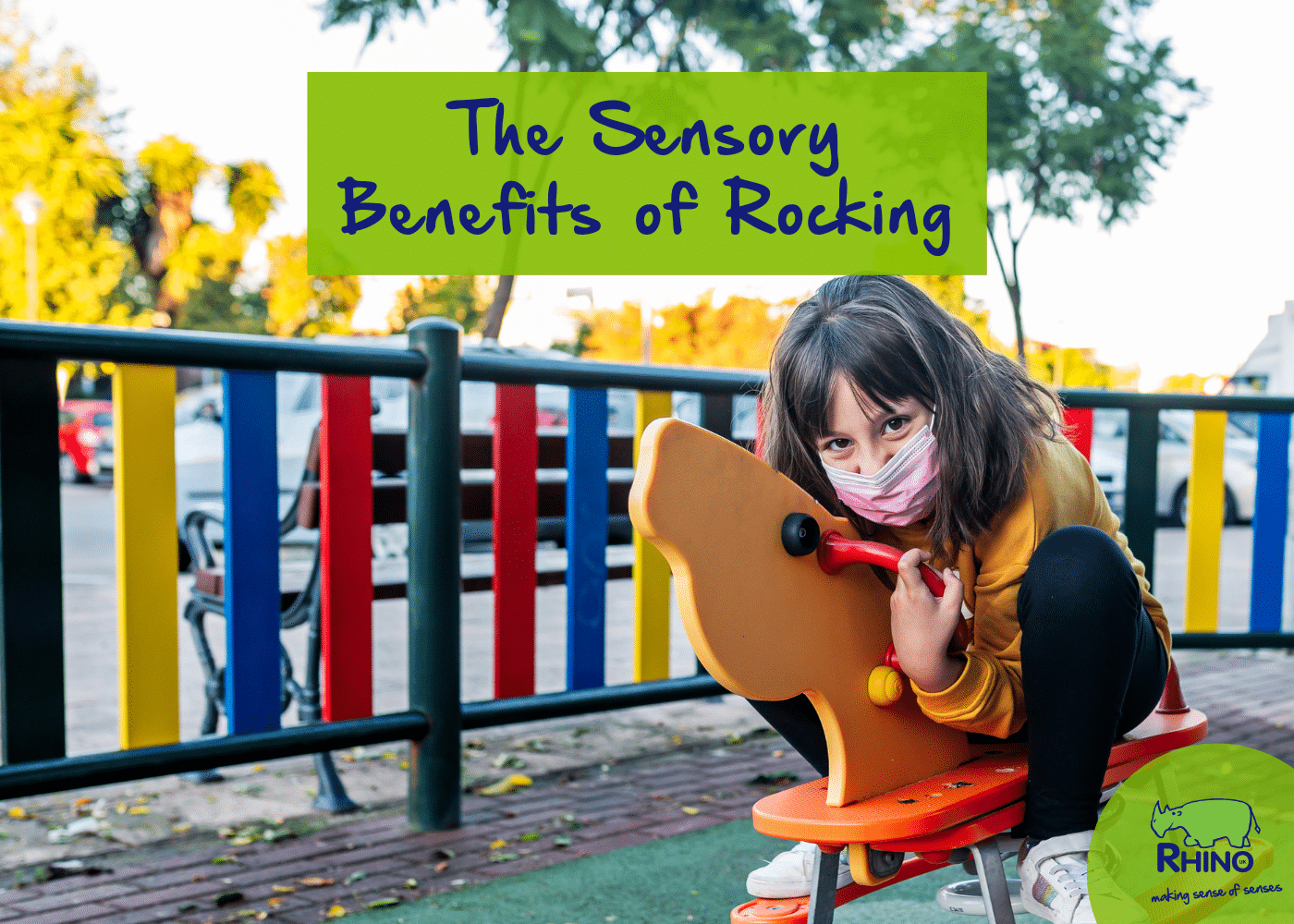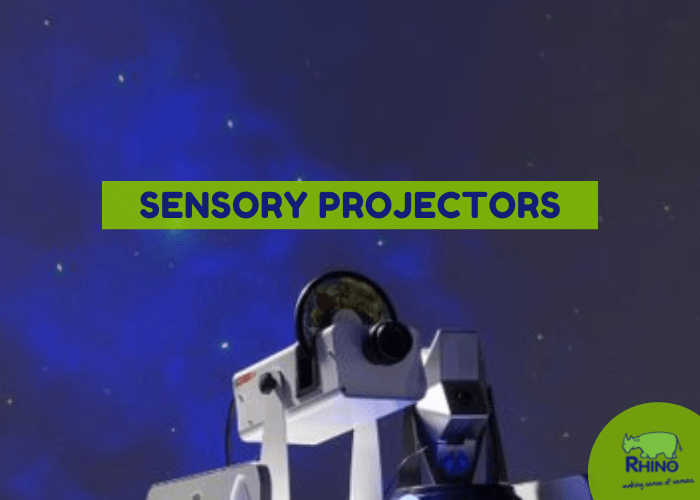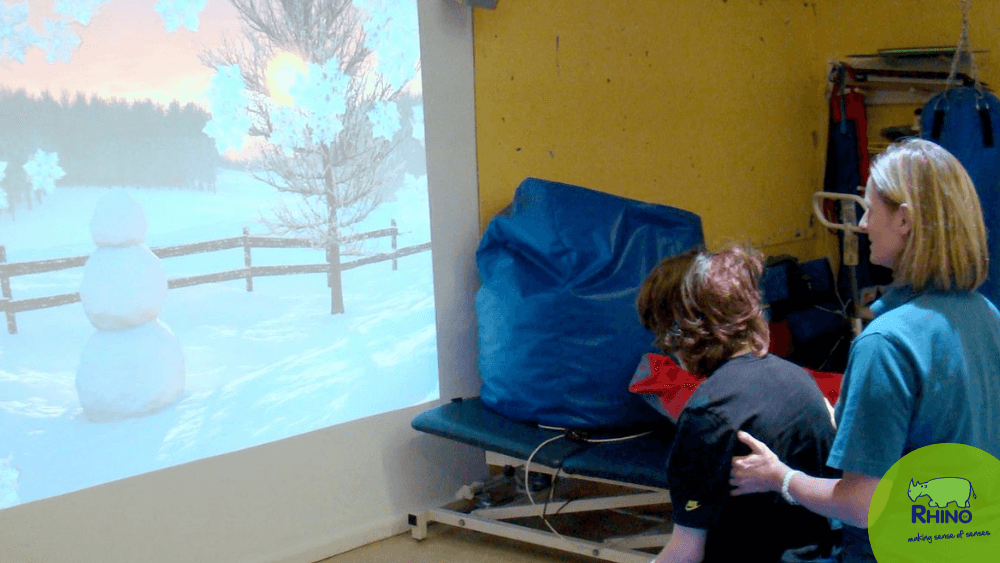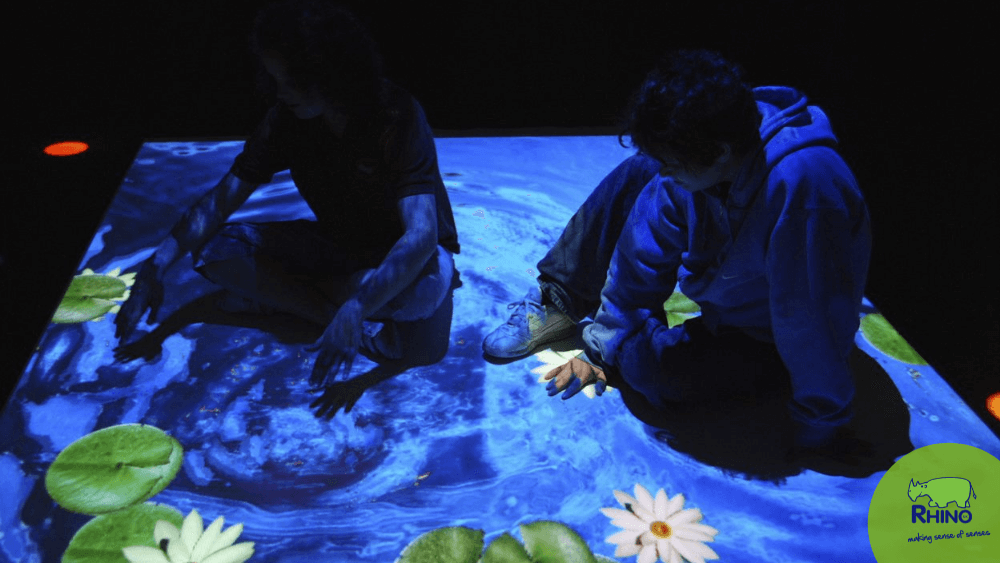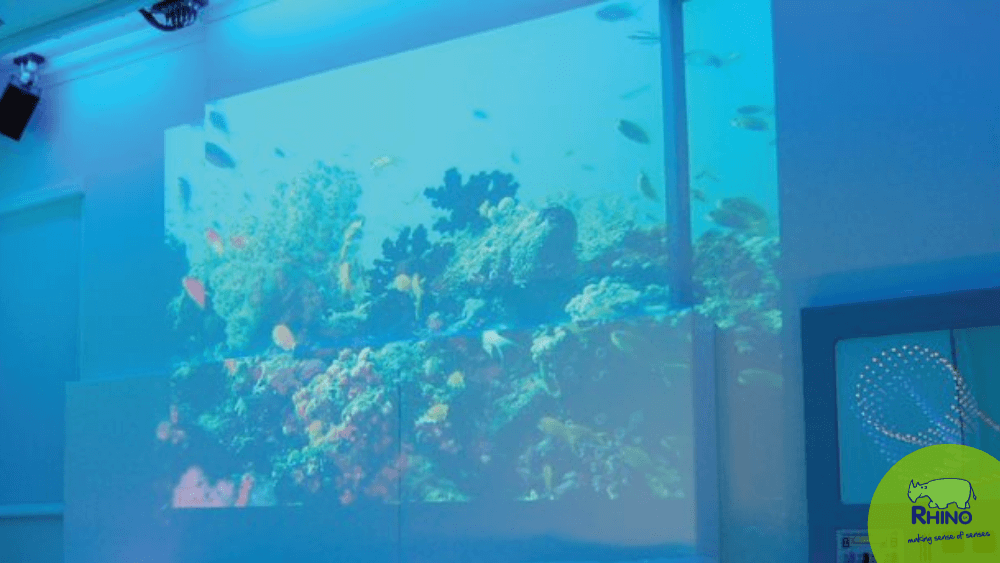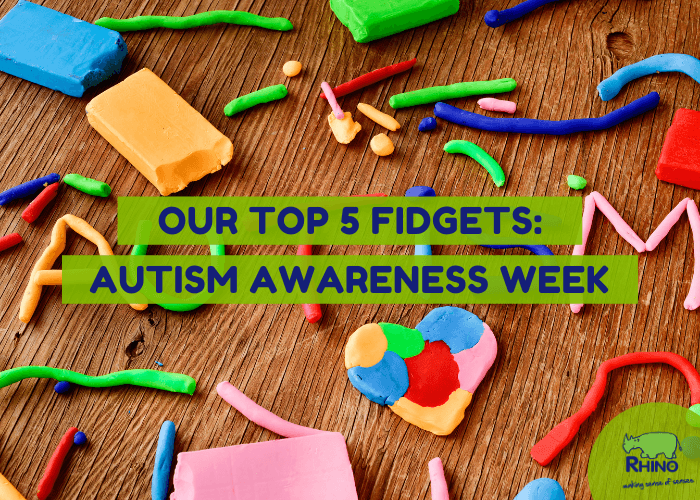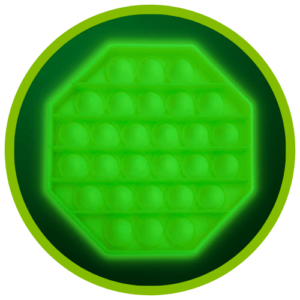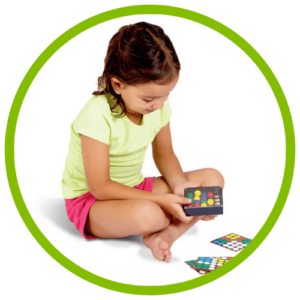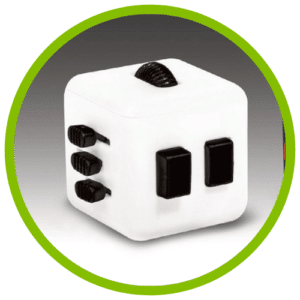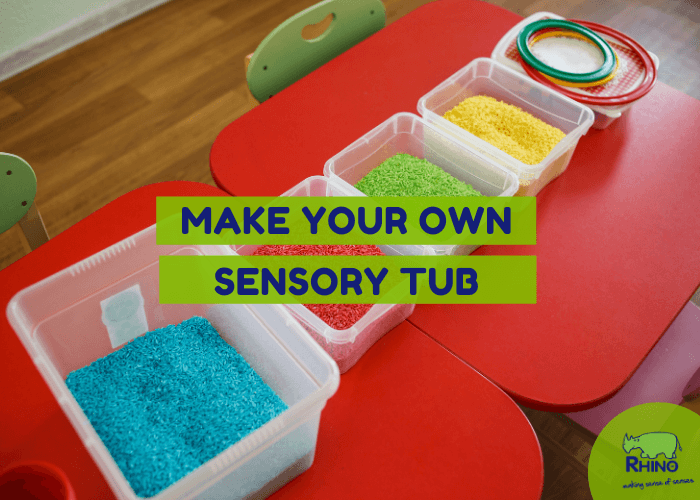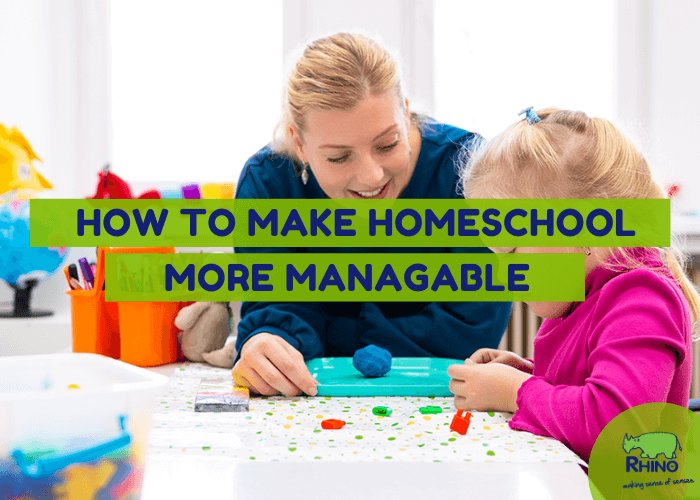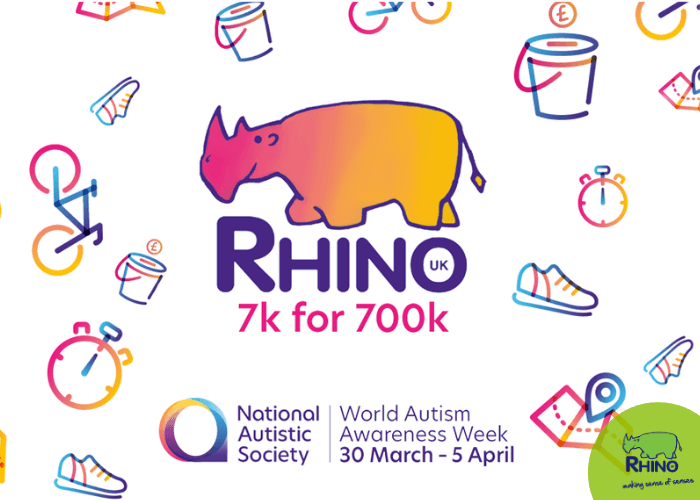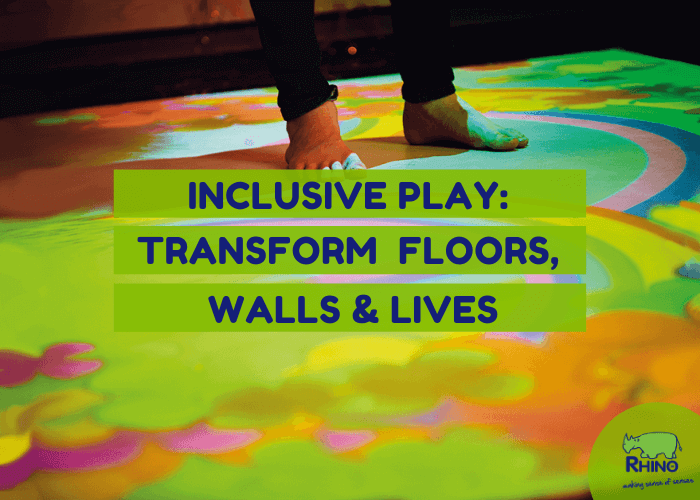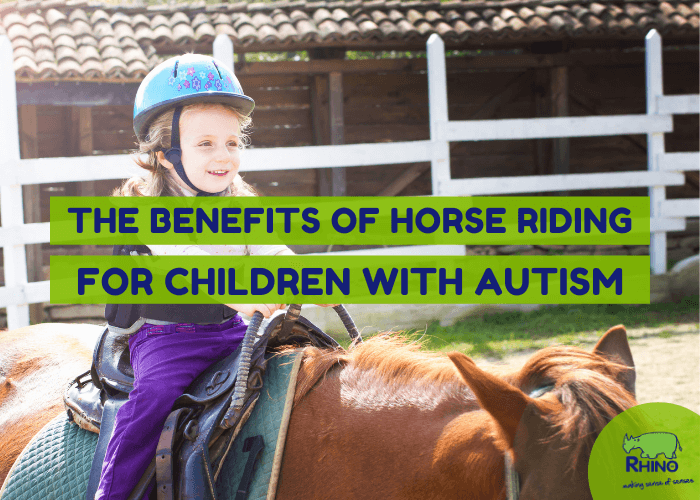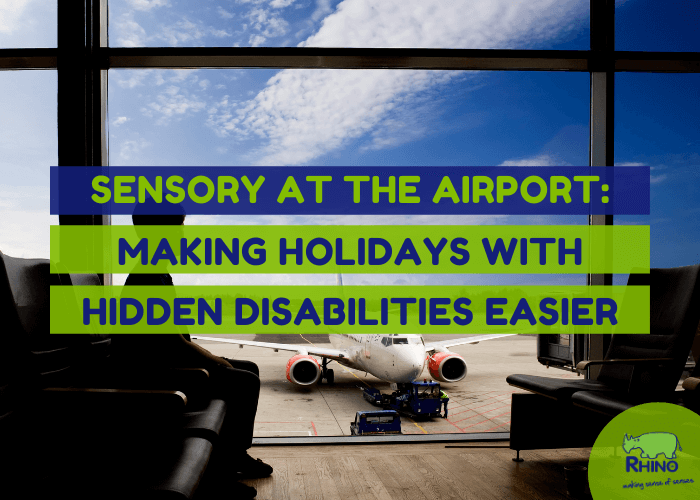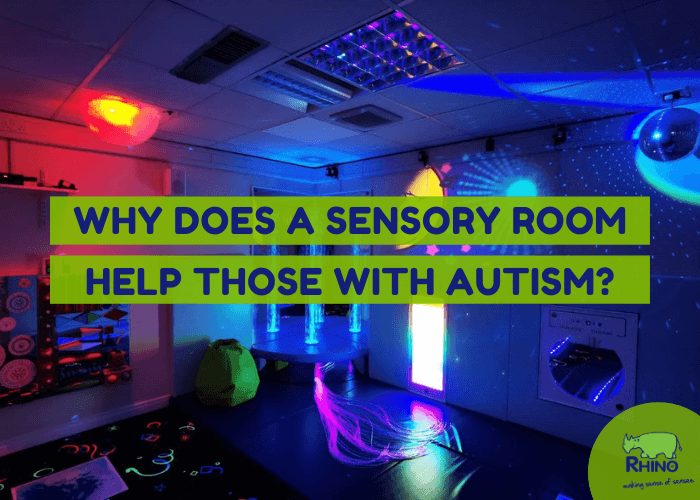Rocking is a simple movement, but did you know that it is full of sensory benefits? Benefits that all stem from our Vestibular System.
The Vestibular System
The Vestibular System is linked to our balance and movement. It’s the secret sense that helps us understand how to move through the world.
Because of this, our vestibular system is really important for our physical and mental development – as the more confidently we can move, the more confident we can be in ourselves.

Rocking & The Vestibular System
Rocking is an excellent way of stimulating our vestibular system. Physically we can feel our body move whilst our visual senses adapt to the changing perspectives – paired together, our body starts to recognise and adjust to the rhythmic motion, and we begin to develop our sense of balance.
Stimulating our vestibular system is incredibly important during our early years and is one of the reasons why rocking seems to be entwined with our childhoods; whether that’s being carefully rocked to sleep in a crib by our parents as a baby or the warm summer days spent joyfully rocking back and forth on a springy horse at the local park.
After we’ve outgrown cribs and playgrounds, the opportunities to stimulate our vestibular system are much harder to find, although the need to stimulate our vestibular system doesn’t change.
Because of this, it’s common for people, especially those with additional sensory needs, e.g. autism, to seek vestibular stimulation, which they may do through ‘stimming’ – when the body moves to seek the stimulation it’s missing.
Luckily, our team of sensory experts have put together a collection of our top rocking resources so that you can find the vestibular stimulation you are seeking. Scroll to the end of this blog to find out more.
Sensory Benefits of Rocking
- Relaxing Rocking: The movement of rocking your body in a chair releases endorphins, which help to boost your mood and reduce stress.
- Sleep Well: Scientists have discovered that rocking boosts sleep-related brainwaves, helping you to sleep deeper in your deep NHR3 stage of the sleep cycle.
- Building Balance: Rocking and developing your vestibular system is a great way to feel more comfortable in your body and how it moves, in turn helping you to feel more self-confident.
- Easy Exercise: Rocking in a chair is a simple and gentle movement that’s also a practical way of exercising. Whether you’re stuck at a desk all day or aren’t as mobile, rocking in a chair could be a great way for you to get more active.
- Find Focus: Anxiety and stress can cause us to move or ‘stim’. Rocking is an effective way of stimming, helping you reduce your anxiety and focus on things that are important.

Sensory Benefits of Rocking for Babies
- Vestibular Development: Babies don’t have the means to stimulate their vestibular senses by themselves, so it’s important that a parent or carer regularly rocks them to build their vestibular foundations.
- Sleep Routines: Just like adults, the soothing effect of rocking can help babies sleep easier and deeper. Integrating rocking into your child’s napping or sleeping schedule is a great way to make sure they rest well.
- Relationship Building: Rocking your child close in your arms or against your shoulder is an excellent way of developing a close bond with them.

Sensory Benefits of Rocking for Elderly Folk
- Helping Dementia: Rocking helps boost emotional and physical wellbeing by releasing endorphins through stimulating the vestibular system. Endorphins help to reduce feelings of anxiety and depression, providing comfort for those with dementia.
- Gentle Exercise: Gently rocking in a chair is ideal for those who aren’t very mobile. Rocking can also steadily build flexibility and strength in knee joints.
- Ease Arthritis and Back Pain: Gentle rocking helps to increase blood flow around the body, sending more oxygen to joints, which helps ease arthritis symptoms.
- Moving Independently: Maintaining vestibular senses is essential for those in their later years. A strong vestibular system helps keep you balanced and in control of how your body moves, helping maintain independence and mobility.

Our Top Rocking Resources
- Therapy Chair: Our colourful vinyl-covered foam Therapy Chairs are the perfect seating alternative for users seeking proprioceptive, vestibular, or motion-based stimulation.
- Rocker Seat: A smaller, budget-friendly version of our popular Therapy Rocker that effectively provides therapeutic proprioceptive and vestibular stimulation.
- Bodyrocker: Shaped like a great big smile, the Bodyrocker is a therapeutic piece of soft play furniture that stimulates and develops proprioceptive, vestibular, and motor systems.
